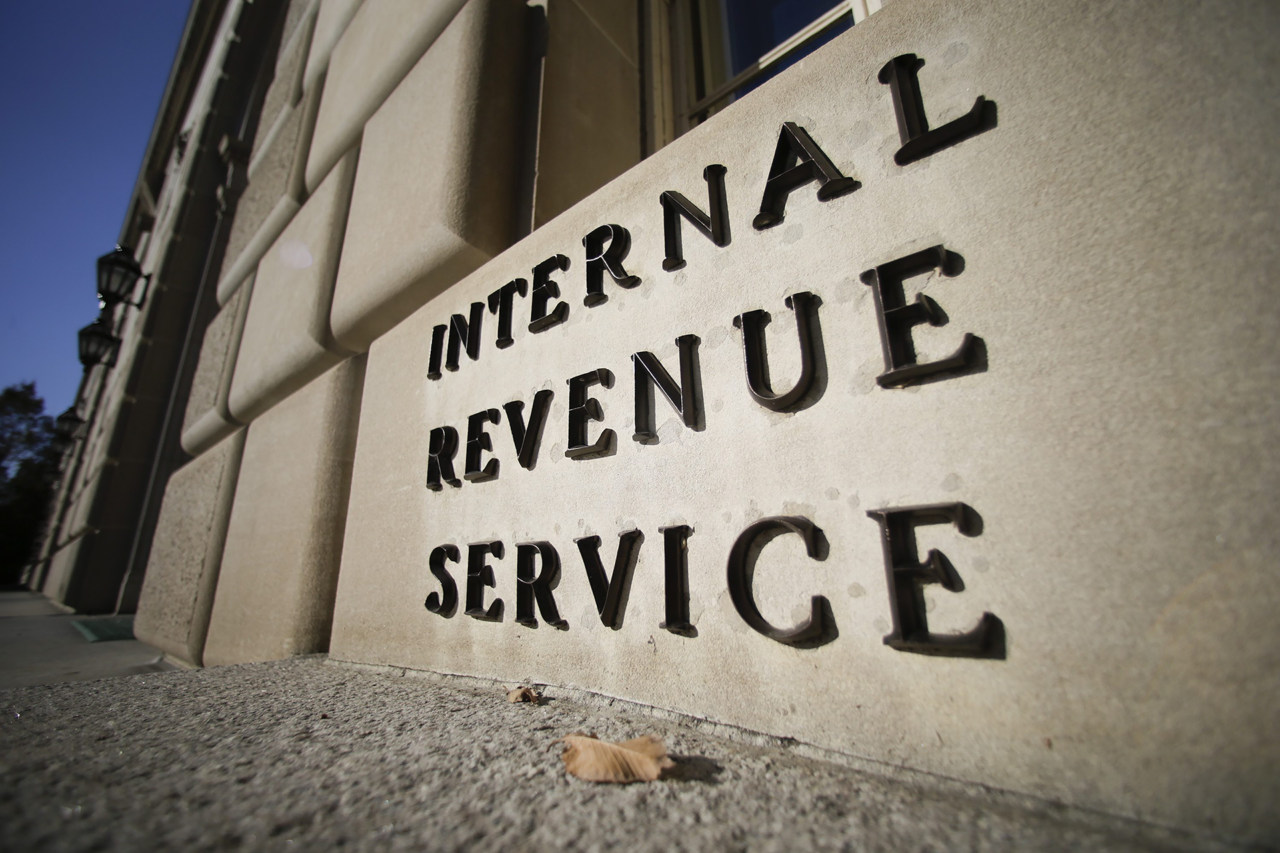 By Catherine Lightfoot, CPA, CHBC, EEPB
By Catherine Lightfoot, CPA, CHBC, EEPB
Signed into law on December 20, 2020, the federal government spending bill did more than avoid a government shutdown. The Further Consolidated Appropriations Act, 2020, repealed certain health care taxes, makes many changes to retirement plan rules, extends several expired tax provisions, and more.
Health care taxes
Previously extended many times and mostly forgotten, the three taxes that were originally enacted to fund health care reform have now been repealed. The repealed taxes are 1) the excise tax on certain high-cost employer health plans (referred to as the Cadillac tax), 2) the medical device excise tax, and 3) the annual fee on health insurance providers.
The annual fee was previously delayed for 2019 after the IRS collected $14.3 billion for 2018, and premiums increased for consumers across the U.S. The fee was estimated to be $16 billion for 2020.
Retirement plan changes
The Setting Every Community Up for Retirement Enhancement (SECURE) Act of 2019, which the House passed in May of 2019 but never voted on by the Senate, is included in this new bill. The goal of SECURE is to encourage retirement savings and simplify administrative requirements for employers with the intent of making plans easier to offer.
- The age for required minimum distributions out of retirement plans has increased from 70 ½ to 72.
- Eases requirements for multiple-employer plans to make it easier for small businesses to offer a plan to their employees.
- Allows penalty-free distributions from qualified retirement plans and IRAs for births and adoptions
- Allows certain home health care workers to contribute to a defined contribution plan or IRA
- Repeals the maximum age for IRA contributions (currently 70 ½).
- Requires beneficiaries of IRAs and qualified plans to withdraw all money from inherited accounts within ten years.
Planning Notes:
- If your company does not offer a retirement program for your employees, look at the new options to see if one could now work.
- Prior rules allowed the required minimum distribution from an inherited IRA to be distributed, over five years or the more generous life expectancy factor determined by the age of the beneficiary. Amounts received from an IRA are added to your taxable income and are taxed at ordinary income tax rates. Therefore, individuals may need to adjust/enhance their estate planning for these new rules.

Kiddie Tax
The here today gone tomorrow tax is now back to the old rules after a year of change. A “kid” is a child under the age of 19 or the age of 24 and a full-time student. The kiddie tax applies to unearned income over a certain amount ($2,200 in 2019). The idea behind the kiddie tax is to keep parents from shifting earnings from their high tax brackets down to a lower tax bracket. The original kiddie tax taxed this income at the parent’s highest tax rate. The Tax Cuts and Jobs Act changed this to more of a trust tax rate. The rate was still high and thus held the same intention of prohibiting income shifting.
Planning Note:
The kids paying at the highest parent tax rate is not always a bad thing. Some years due to losses or decreased bonuses, the parent’s rate could be lower than the repealed trust rates. Estimated tax payments for kids should be completely recalculated and not necessarily based on the prior year.
Extenders
The bill extends many expired tax provisions. The extension only goes through 2020 but is better than being gone for good. The extended tax provisions are:
- Qualified principal residence debt discharge is excluded from gross income (must meet the requirements of Sec 108(a)(1)E) to apply).
- Mortgage insurance premiums qualify as qualified residence interest. A taxpayer whose income is below certain thresholds can deduct the cost of premiums on mortgage insurance purchased in connection with acquisition indebtedness on taxpayer’s principal residence
- Medical expenses over 7.5% (instead of 10%) of adjusted gross income are deductible as itemized deductions.
- An above the line deduction is allowed for qualified tuition and related expenses. An above the line deduction is a direct reduction of taxable income. However, the deduction is phased out with income at $65,000-$80,000 for singles and $130,000 – $160,000 for married joint filers.
Planning note:
The change to 7.5% from 10% is a nice adjustment, however, medical expenses are difficult to get over the threshold unless you have a major event, ongoing nursing care or similar cost. A better option might be to consider a high deductible health insurance plan that would qualify for a Health Savings Account (HSA) contribution.
The biggest obstacle to using health savings accounts is that you need to have a high-deductible health plan coverage. However, the tax benefits are huge. First, you get an immediate tax deduction for your contribution. Second, the monies in the plan can earn income without any tax consequences. Third, withdrawals from HSAs are tax-free as long as the money is used for qualified healthcare expenses. The best part is there are no deadlines for spending. Therefore, you can allow the monies to accumulate as additional savings for later years and act as additional retirement funding for health issues in later life. HSAs for 2019 can be funded up to April 15th of this year!


